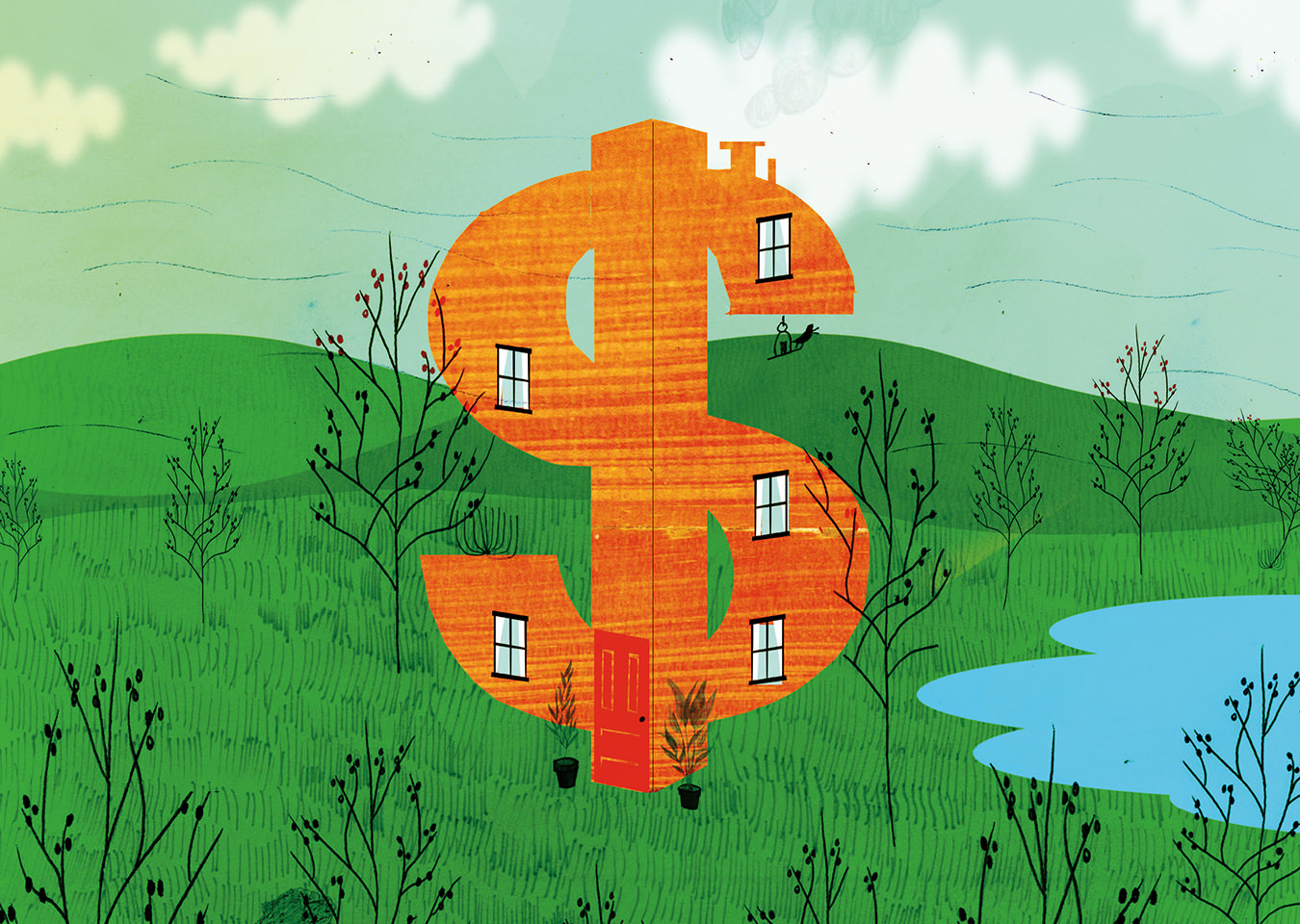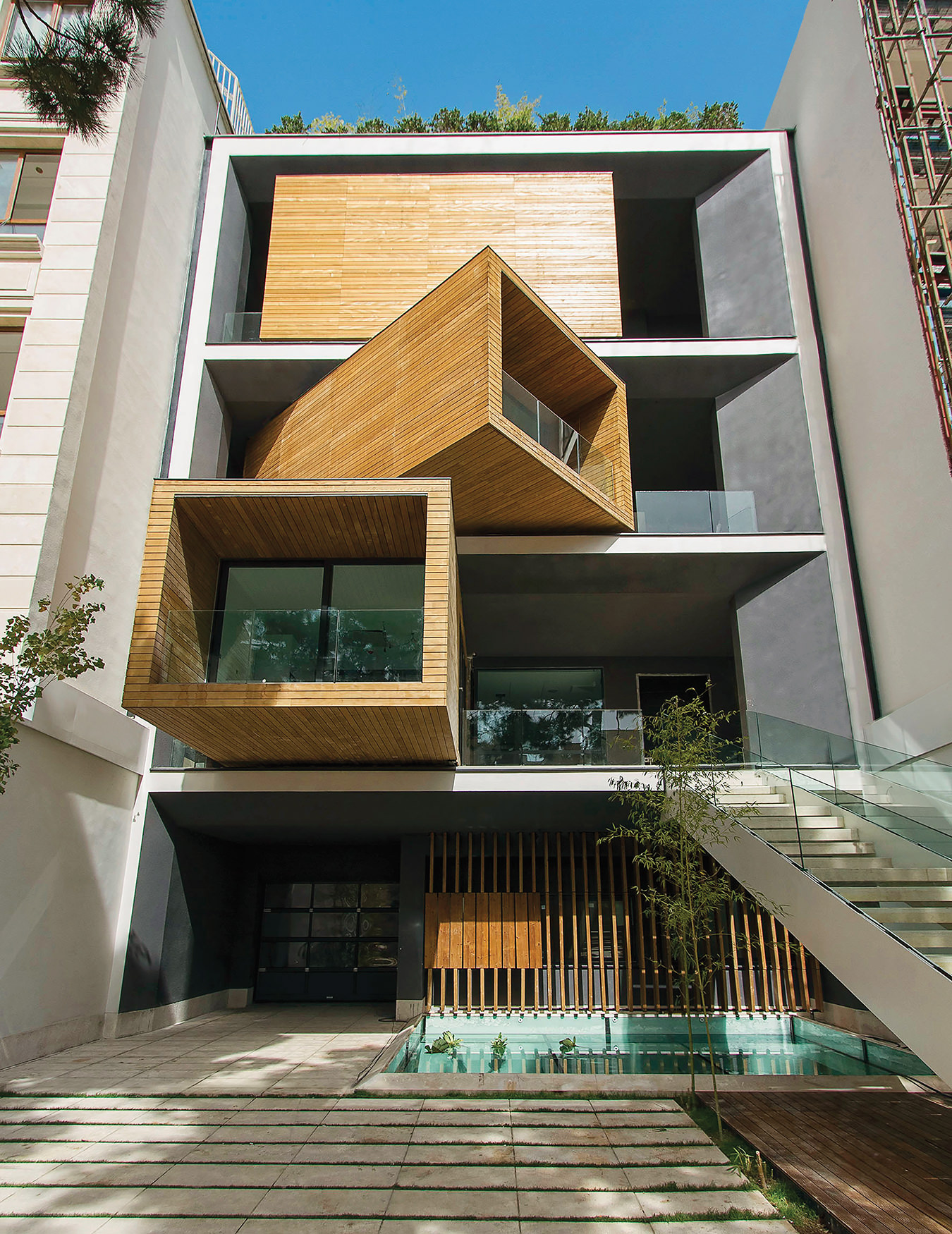-
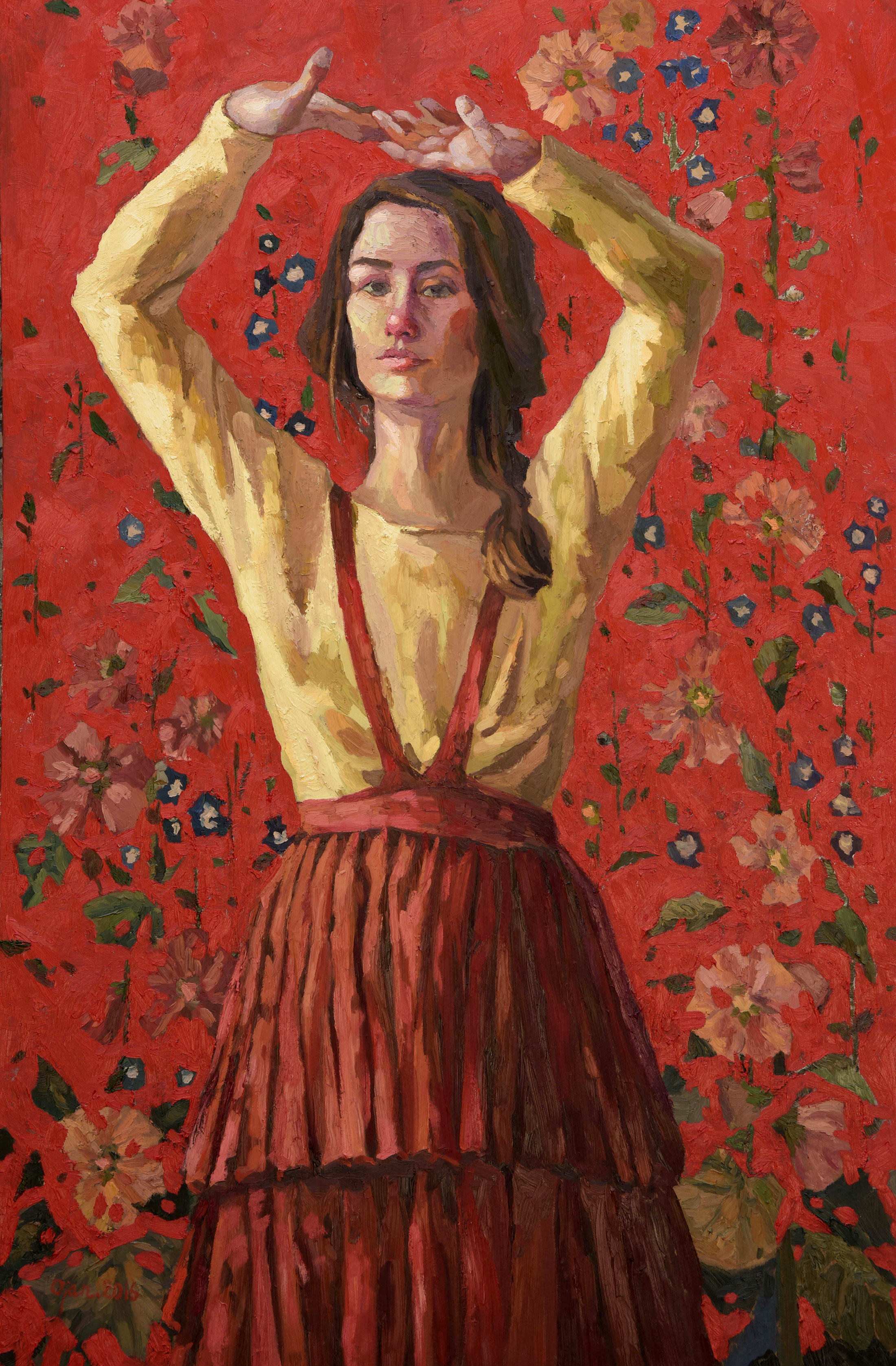
Ojan Shirozhan, Untitled, Oil on canvas, 2016, CAMA Gallery.
-

Jafar Panahi, 7, Print on paper, 2011, CAMA Gallery.
-

Mohsen Jamalinik, Untitled, Acrylic on canvas, 2016, CAMA Gallery.
-
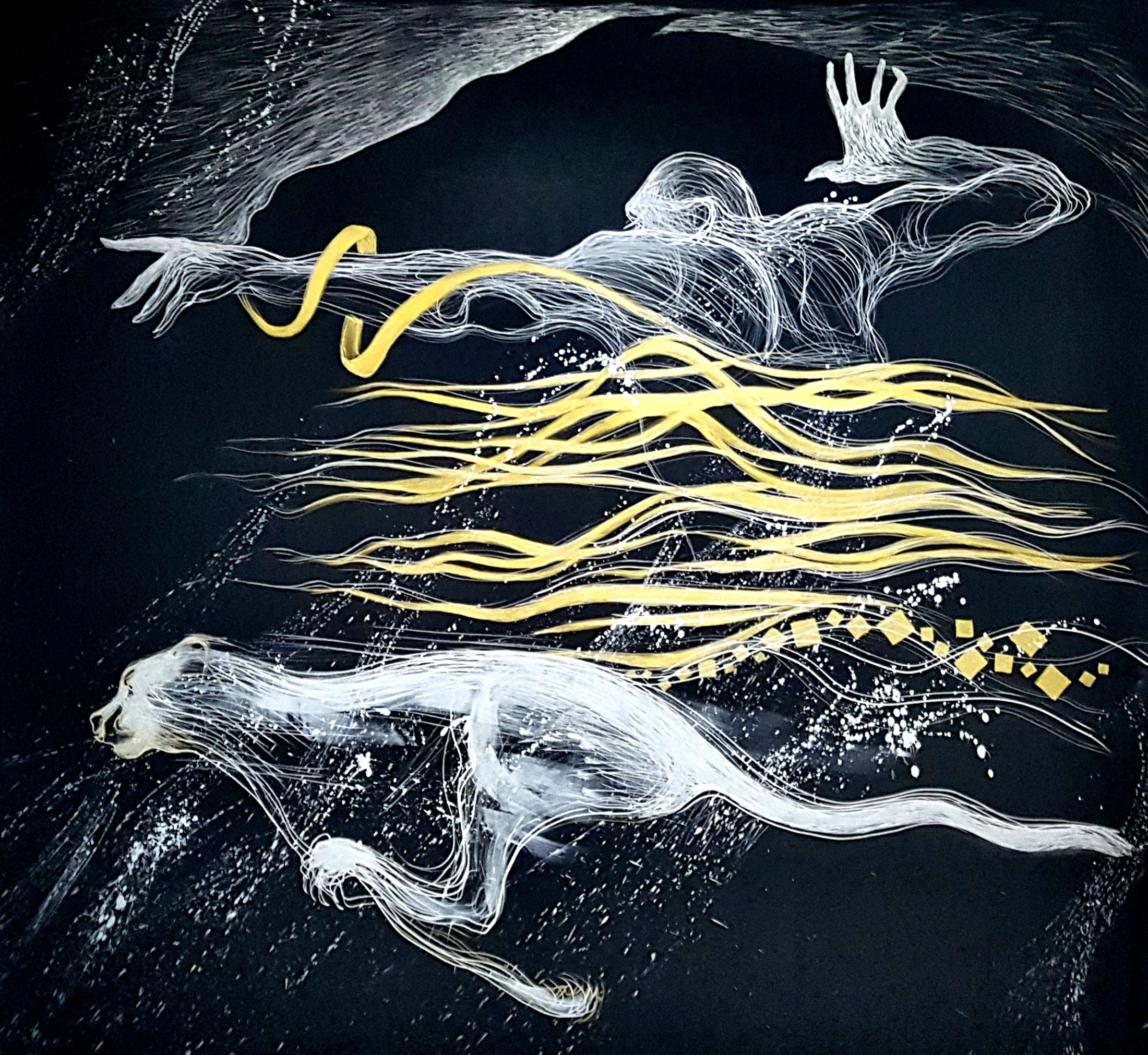
Ali Nedaei, The Battle of Fereydoun and Zahhak, Leaf and Silver Marker on Canvas, 2017, CAMA Gallery.
-
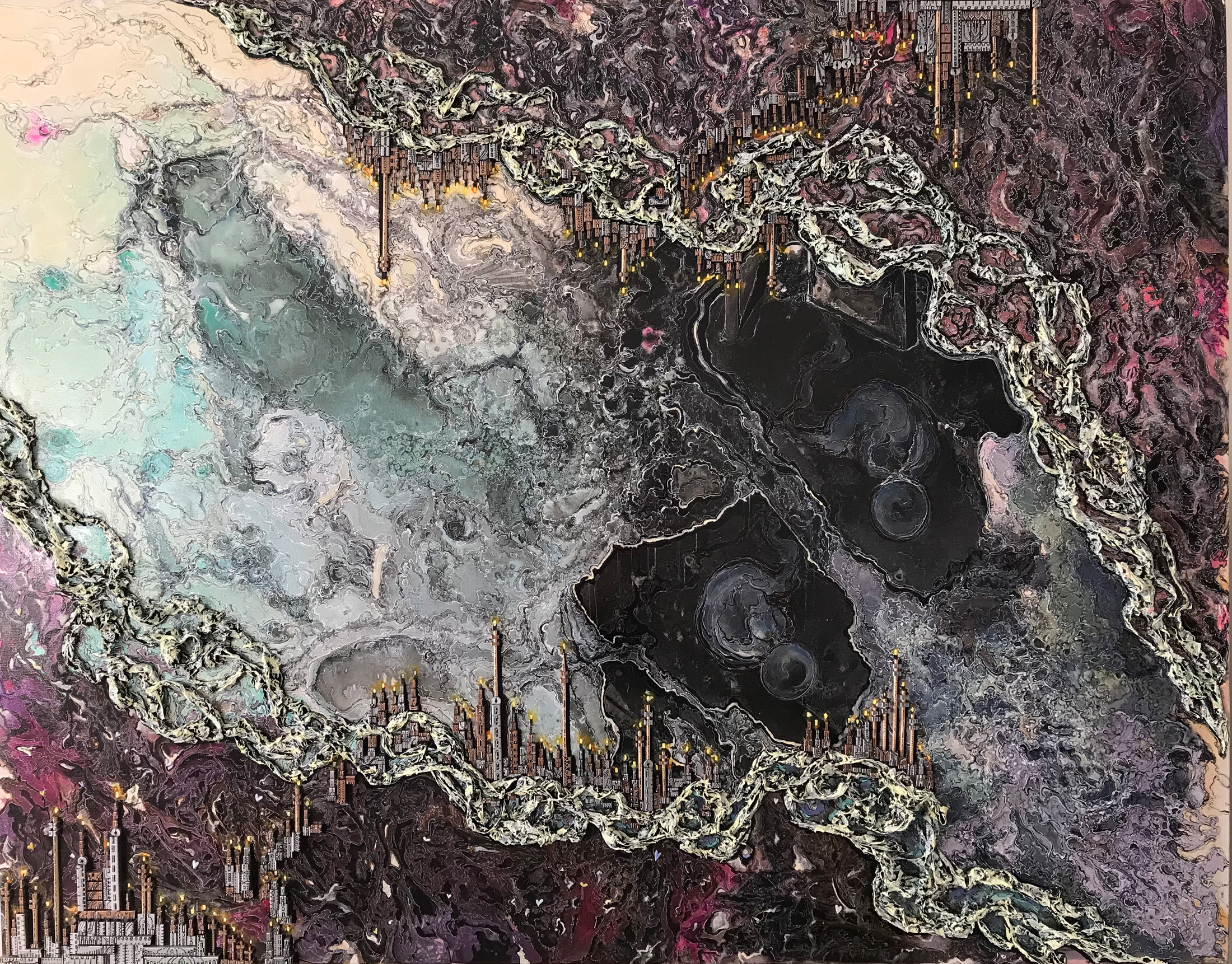
Bita Vakili, Untitled, Mixed media on canvas, 2017, CAMA Gallery.
-
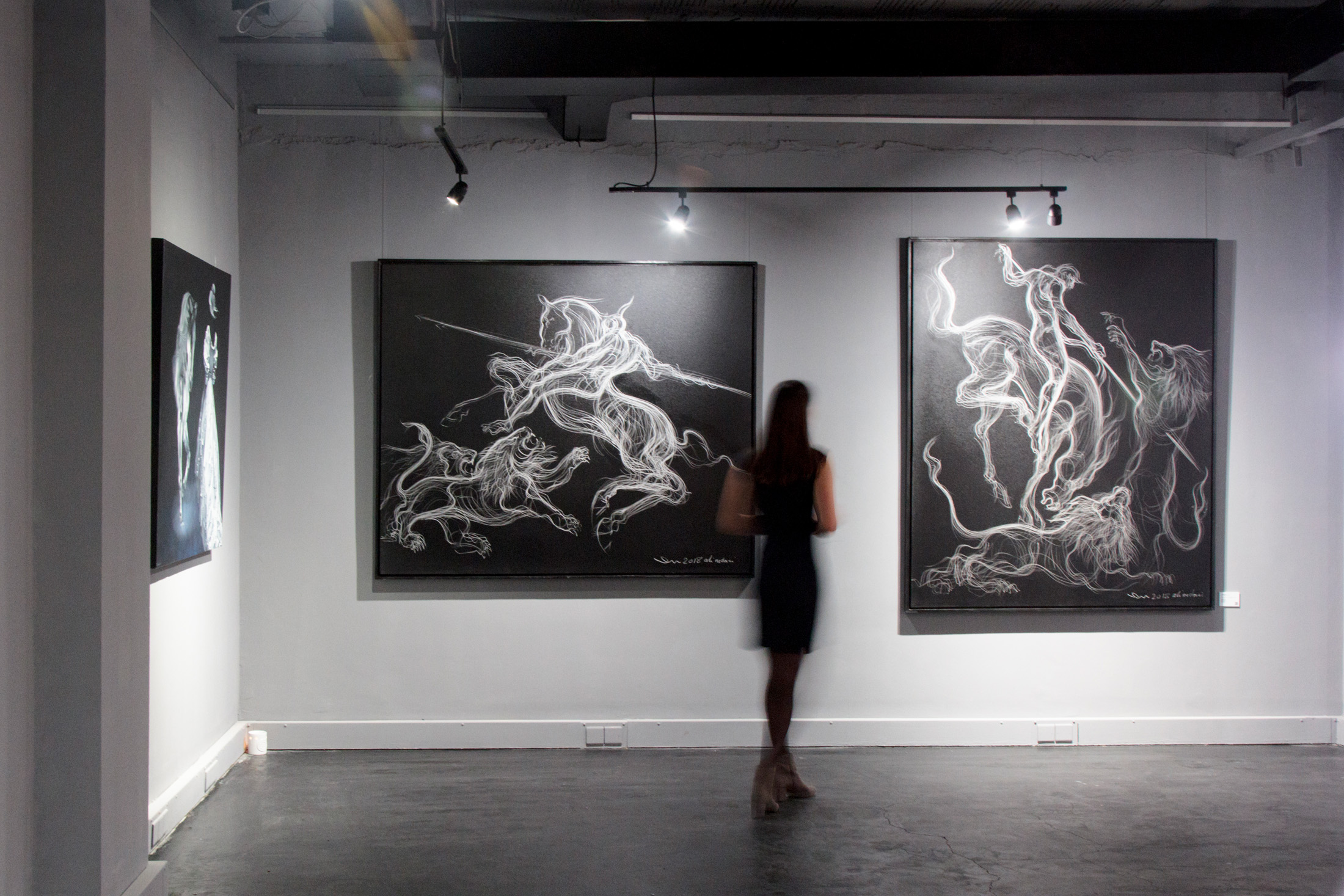
Work by Ali Nedaei in CAMA, Tehran.
Photo by Ed Aked. -
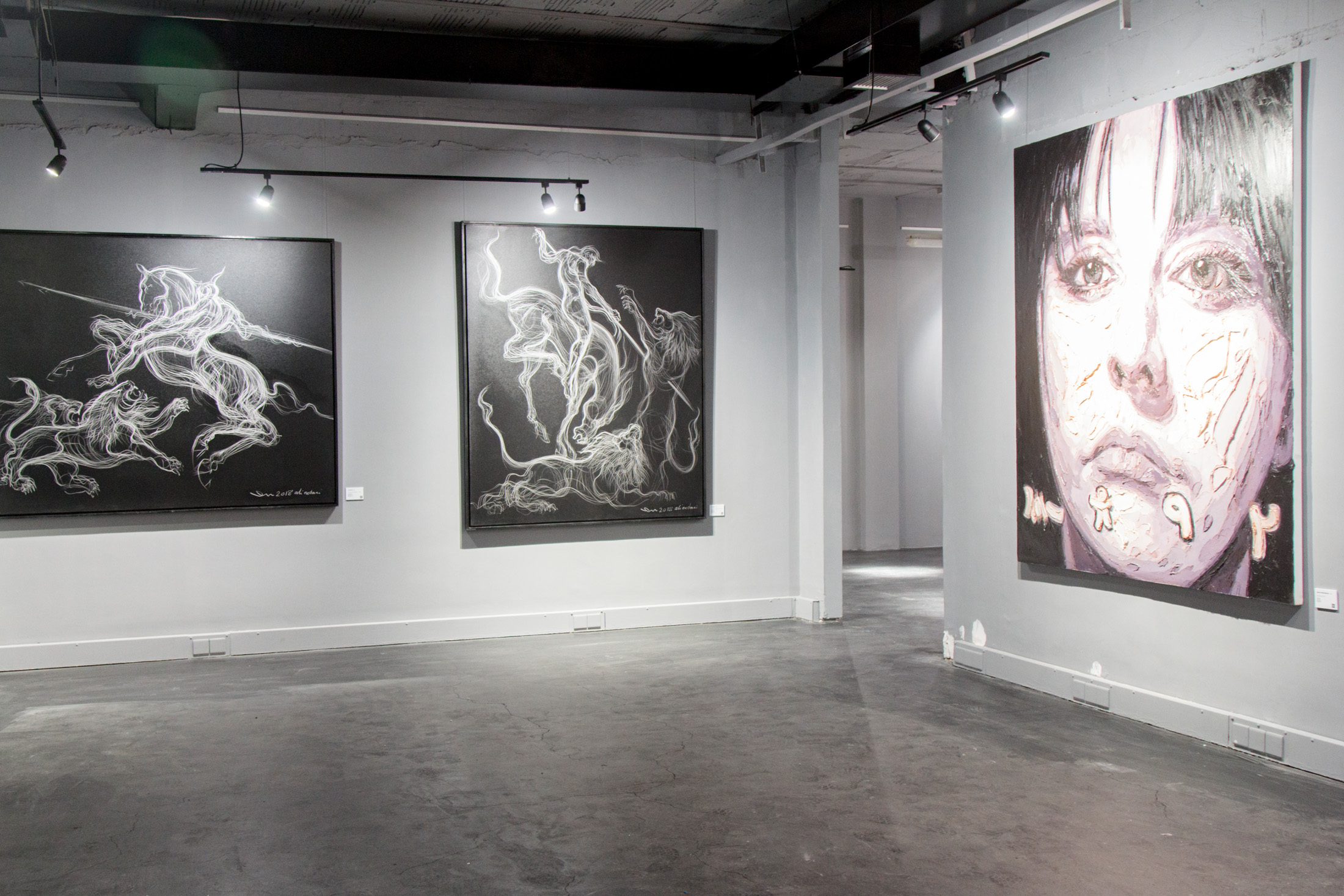
Right: work by Babak Roshaninejad.
Photo by Ed Aked. -

Nasser Taghvai, Dust Storm 01, Print on canvas, 2010, CAMA Gallery.
-
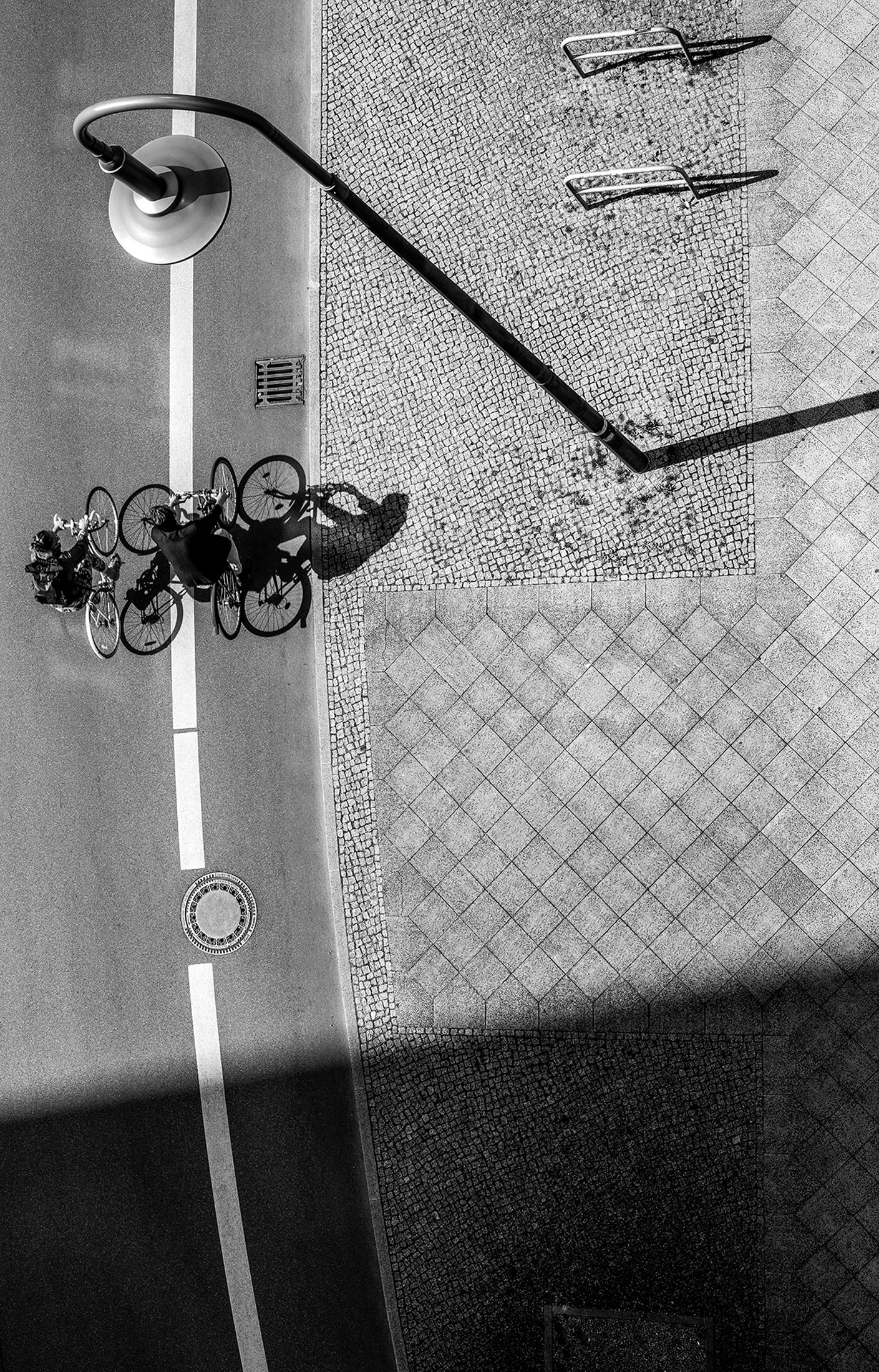
Majid Barzegar, 37, Print on paper, 2017, CAMA Gallery.
Uncovering Iran’s Contemporary Art Scene
A flourishing force in the global art scene.
Ask the artiest of art enthusiasts their opinion on the work of Babak Roshaninejad, Ghodratollah Agheli, or Bita Vakili and you may get a blank stare. One reason is that these artists have been working in what has largely been a closed society for the last 40 years. “Over recent decades, wars and sanctions have made a lot of problems for an Iranian art culture wanting to show itself to the world,” says Vakili, a prominent female painter in her country. “Individual artists have just had to make their own personal efforts [to get seen].”
That, however, is changing. Earlier this year, Contemporary And Modern Art Gallery (CAMA), a leading art institution in Tehran, opened its first outpost abroad in London, with a gallery in New York in development. The timing could hardly be better. Not only is art in the Iranian capital booming—there has been a four-fold increase in the number of galleries there in the last five years alone—the likes of the Los Angeles County Museum of Art and London’s British Museum have made notable acquisitions (including Parviz Tanavoli’s and Nahid Hagigat’s work). In addition, exhibitions—such as this summer’s The Rose Empire at the Louvre Lens Museum in northern France—have helped raise the profile of Iranian art. And collectors have cottoned on too: the combined results of Tehran Auction, Bonhams, Christie’s, and Sotheby’s last year were $16.6-million (U.S.) in sales of works by Iranian artists; the next largest sales by a single nationality of artists from the Middle East was Egypt, at just $5.4-million.
“Iran has such an incredibly rich history in art and craft that’s been ongoing, but that’s something that’s been forgotten.”
“Iran has such an incredibly rich history in art and craft that’s been ongoing, but that’s something that’s been forgotten,” says Ashkan Baghestani, head of sales and director of contemporary and modern Arab and Iranian art for Sotheby’s. “Iranian art has been a mystery for so long. Now people are taking the time to look at and reassess it. And what they’re finding is that it’s very dynamic, vibrant, but also still affordable because production costs have been lower. There’s a weaker currency, because the market has, in a sense, been closed. Frankly, the amount and quality of talent coming out of Iran now is incredible.”
And original too. While there are still firm lines that cannot be crossed in terms of subject matter—subtle allegory and magic realism are popular ways to circumvent government censorship—critics argue that having to work within a bounded space has only made Iranian contemporary art more creative. “You can rely on Iranian artists not to get stuck in one mode. They have a fresh interpretation of ideas that might have become tired in the West,” notes art dealer and curator Janet Rady, who splits her time between London and Dubai and specializes in Middle Eastern art. “The work is very layered, much as the culture is.”
Indeed, with the doors reopening, it’s become apparent that Iran’s vast artistic legacy (encompassing ceramics, metalwork, textiles, calligraphy, miniature painting, and architecture going back six millennia) was maintained even during the years the country was under authoritarian rule. Art is a core subject in Iran’s schools, art colleges abound, and streets are lined with graphic posters and clever murals. “Iran is still widely misrepresented in the press, given the geopolitical situation,” says Rady. “And perhaps this interest in new Iranian art might bring an opportunity to provide a window on what Iranians are really like.”
Images courtesy of CAMA.
_________
Never miss a story. Sign up for NUVO’s weekly newsletter.

